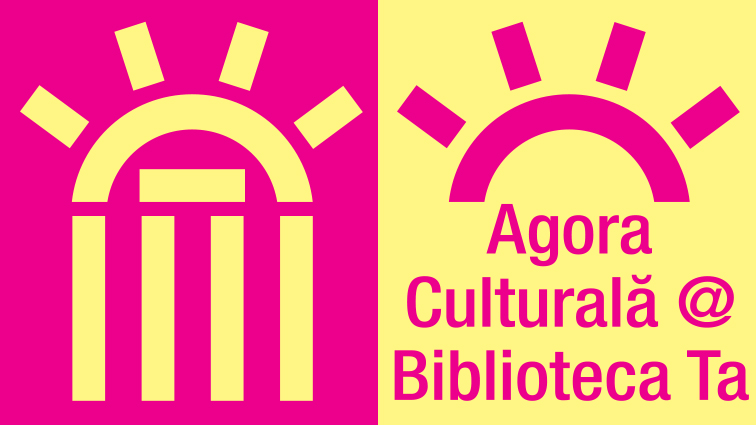
The always changing, always astonishing Christmas traditions
The winter holidays may be the most celebrated time of the year, with lots and lots of arrangements, busy days celebrating and the mirage of snow, rejoicing children and grownups altogether. However, the Christmas and the New Year’s customs are a fusion nowadays, whose origins are more and more difficult to identify, as they are a combination of Roman and Northern habits, due to the impact of globalization and access to the same piece of information who bring about even more and faster acquired changes.
For instance, the unwritten law of kissing under the mistletoe has gained ground in Romania too, which has led to a significant growth in the mistletoe commerce. Likewise, the original recipe of hemp pies coming from the Moldavian region has been modified, as it involved hemp seeds, which were no longer to be found and have been replaced by walnuts.
Starting from the 1990, there has been a period of increased globalization and cosmopolitanism, and the last few years have brought the local habits back to light, to the Public Agenda and to the young people’s souls, as they are associated with familial values, grandparents’ traditions and origins’ prizing.
Although most people relate Santa Claus to a lenient, old, white bearded, white haired man who offers gifts on Christmas Eve, there are so many countries, so many customs, some of them still alive and some only found in the collective memory. The image of Santa Claus has been inspired by the literature from the beginning of the 19th century (a strong impression was made by Charles Dickens’ “A Christmas Carol”), which has created new rules for this celebration: compassion, goodwill for others, lenity, affection towards dear ones – all of them becoming newly associated with Christmas values.
For instance, there is no Santa Claus in the Greek culture, the main character being Saint Vasilios, the Greek bishop of Asia Minor, who offers gifts and sweets to the children by leaving them on a table or in a corner of a room, as there is no Christmas tree.
The habit of the Christmas tree comes from Germany, where people used to bring “winter trees” in their homes. In the USA, this habit has been borrowed from the German immigrants, as until then, it was seen as a pagan custom. The Germans hold high esteem in decorating the inside and the outside of their homes and those living in Romania, along with the French- merchants, governesses, teachers – have contributed to the wide spread of the Christmas tree tradition among townsmen.
In rural areas of Romania, the Christmas celebration runs its course in an archaic manner, having deeper meanings, involving fascinating scenes, either with Christian connotations (the Christmas ceremony, the carols about the Holy Birth and the popular drama representing Christ’s Birth) or with pre-Christian connotations (the slaughter of pigs with reference to the “pagan” sacrifice rituals and so on).
Christmas stories told by members of the ethnic groups in Romania can be found on the Facebook page of “Cultural Agora @ Your Library” Project:
https://www.facebook.com/agoraculturala.
Cultural Agora @ Your Library is a project implemented by ANBPR in affiliation with Jazzmontor AS Norvegia and REPLIKA Cultural Association, financed through the SEE 2009-2014 Grants, the PA17/RO13 Programme “The Promotion of diversity of culture and art within the European heritage” (www.fonduri-diversitate.ro).

 Previous Post
Previous Post

